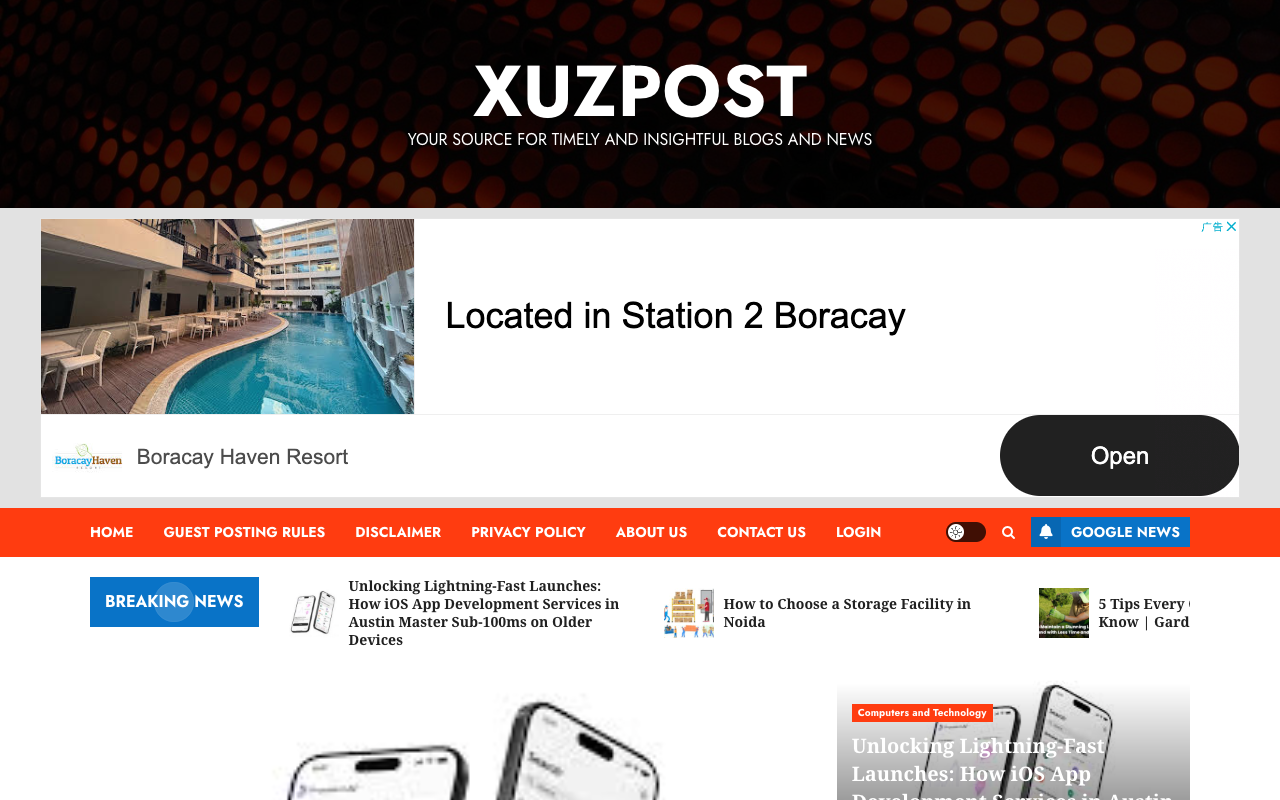Craft Magnetic Email Signatures in 2024 - Email Signature Software

Craft Magnetic Email Signatures in 2024: Best Practices & Pro Tips
In the digital age, email remains a crucial communication tool. While the content of your email is important, the power of your closing should not be underestimated. A well-crafted email signature can leave a lasting impression, build trust, and even drive business. In this article, we will explore the best practices for crafting effective email signatures in 2024.
-
Keep it Concise and Clear: Think of your email signature as a digital business card. It should be instantly readable and contain only essential information. Include your full name, job title or company, contact information, and optional social media links. Aim for a maximum of 5 lines of text and avoid unnecessary elements.
-
Embrace Readability and Branding: Formatting is key to ensuring your email signature is easily readable. Use standard fonts and maintain a consistent font size and line spacing. For businesses, incorporate your brand colors and fonts to create a cohesive visual identity.
-
Leverage the Power of Clickable Links: Instead of simply listing your website URL, turn it into a clickable link. This makes it easy for recipients to learn more about you or your company with a single click. Consider linking your social media profiles or specific landing pages relevant to your work.
-
Strike the Right Tone: The tone of your email signature should align with your overall brand persona and the context of your email. Keep it professional and polite for formal business communication, while personal emails can have a touch of personality or humor.
-
Consider Visual Elements (Cautiously): A professional headshot or company logo can add a personal touch and visual interest to your signature. However, use them sparingly and ensure they are high-quality and properly sized. Avoid distracting graphics or animations that may not display correctly across different email clients.
-
Mobile Optimization is Key: With the majority of emails now opened on mobile devices, it is crucial to ensure your signature is mobile-friendly. Avoid overly wide elements, test readability on different screen sizes, and keep links easy to tap.
-
Embrace Dynamic Signatures: Take advantage of the dynamic signature feature offered by many email clients. Customize your signature based on the recipient or context, such as displaying different contact information for specific clients or highlighting relevant promotions based on the recipient’s location.
-
Don’t Forget the Call to Action (CTA): Use your signature as an opportunity to nudge recipients towards a desired action. This could be scheduling a call, visiting your website, or subscribing to your newsletter. Keep the CTA concise, compelling, and link it to the relevant platform.
-
Keep it Up-to-Date: Regularly review and update your email signature as your career or business evolves. Ensure that your information, such as job titles, contact details, and social media links, remains accurate and relevant.
-
Personalize When Possible: While a standard signature is efficient, personalizing it for specific recipients can make a powerful impression. Mention a shared connection, reference a previous conversation, or tailor your CTA to their needs. This extra effort shows you care and builds stronger relationships.
By following these best practices and injecting your own personality, you can craft an email signature that leaves a lasting positive impression and helps you achieve your communication goals.
You can read more about email signature best practices in 2024 by visiting XuzPost .